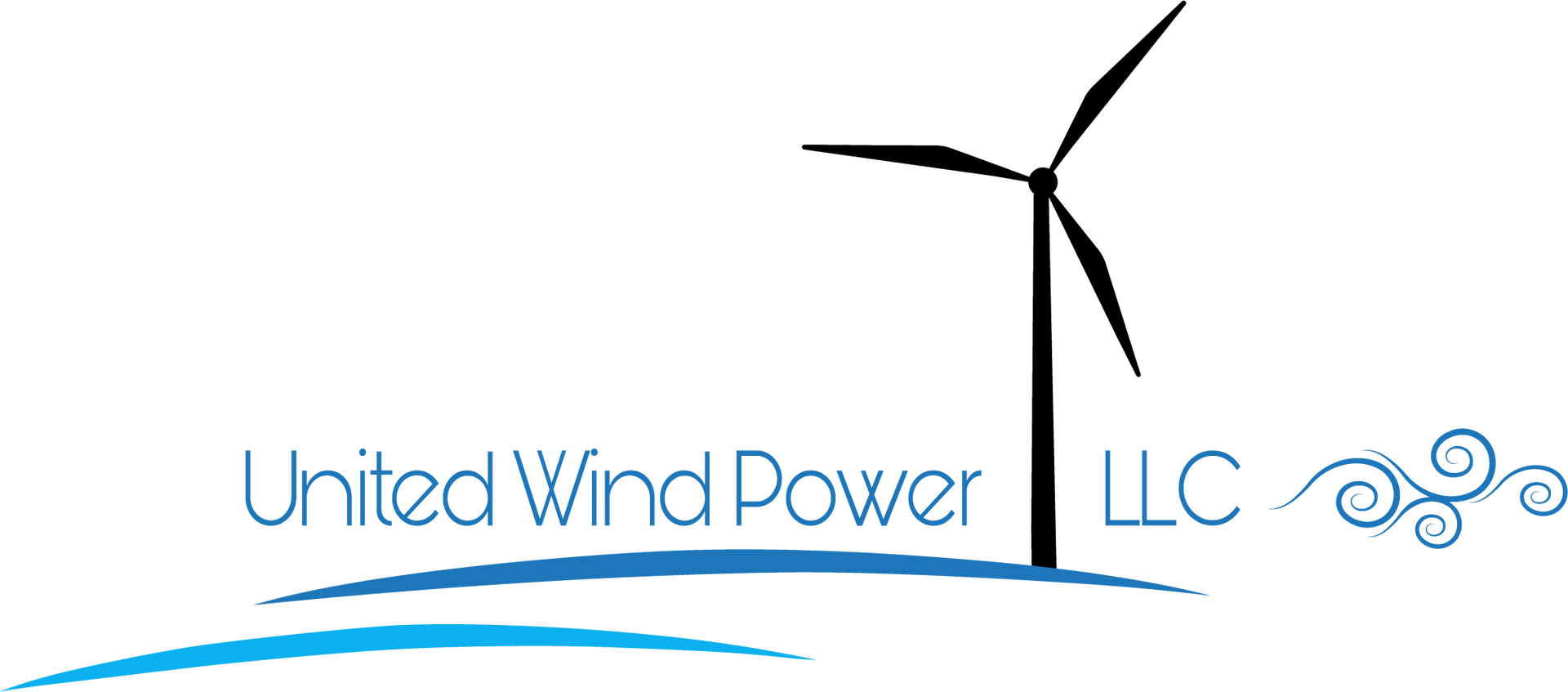PO box 53 Newton IA 50208
Wind Turbine Blade Inspections
United Wind Power LLC provides blade inspections using a variety of methods to help identify and classify the type of repair required. We work directly with blade manufacturers and adhere to their safety guidelines to ensure they are strong, reliable, and appropriate for the climatic conditions.
Our goal is to repair all damage using the most cost-effective method for our client while also adhering to local and site safety guidelines. Our experience and confidence in blade repairs and inspections is unrivalled in the industry, saving our customers millions of dollars.
Contact us today and schedule a wind turbine blade inspection today by calling on (515) 422-8113 or send us an email at office@unitedwindpowerllc.com
Why is Wind Turbine Blade Inspection Important?
A wind turbine blade is made of fiberglass and composite resins, which are prone to a variety of problems when exposed to the right conditions. The slightest defect in a blade's surface can potentially reduce the aerodynamic efficiency, resulting in reduced energy output.
Surface Inspection
A surface inspection identifies problems using visual techniques such as cameras, drones, or the human eye. Visually, the following flaws are detected:
- Surface flaws
- Erosion at the leading edge
- Lightning strikes
- Bird Strikes
- Delamination
- Splits on the leading or trailing edge
The benefit of regular wind turbine surface inspections is the ability to perform corrective maintenance. Detecting defects early allows for repairs that extend the life of a component without reducing energy production.
Sub-Surface Inspections
The internal structure of turbine blades is prone to failure both during manufacturing and in service. Subsurface inspections employ the following techniques to detect structural flaws:
- Thermal Imaging
- Ultrasound (Acoustic)
- Electromagnetic.
- Visual examination of the structure
Because of contact-less technologies that can see through thick composite coatings without deconstructing them, subsurface inspections are non-destructive. When the wavelength of electromagnetic or ultrasound waves becomes abnormal, the waves detect defects.
Visibility through the surface aids in the detection of damaged shear webs (structural blade supports), cracks, manufacturing damage, and bonding erosion.
Do you have any questions?
Send us an email at office@unitedwindpowerllc.com or call us on (515) 422-8113
Quick Links
Contact Info
Address

